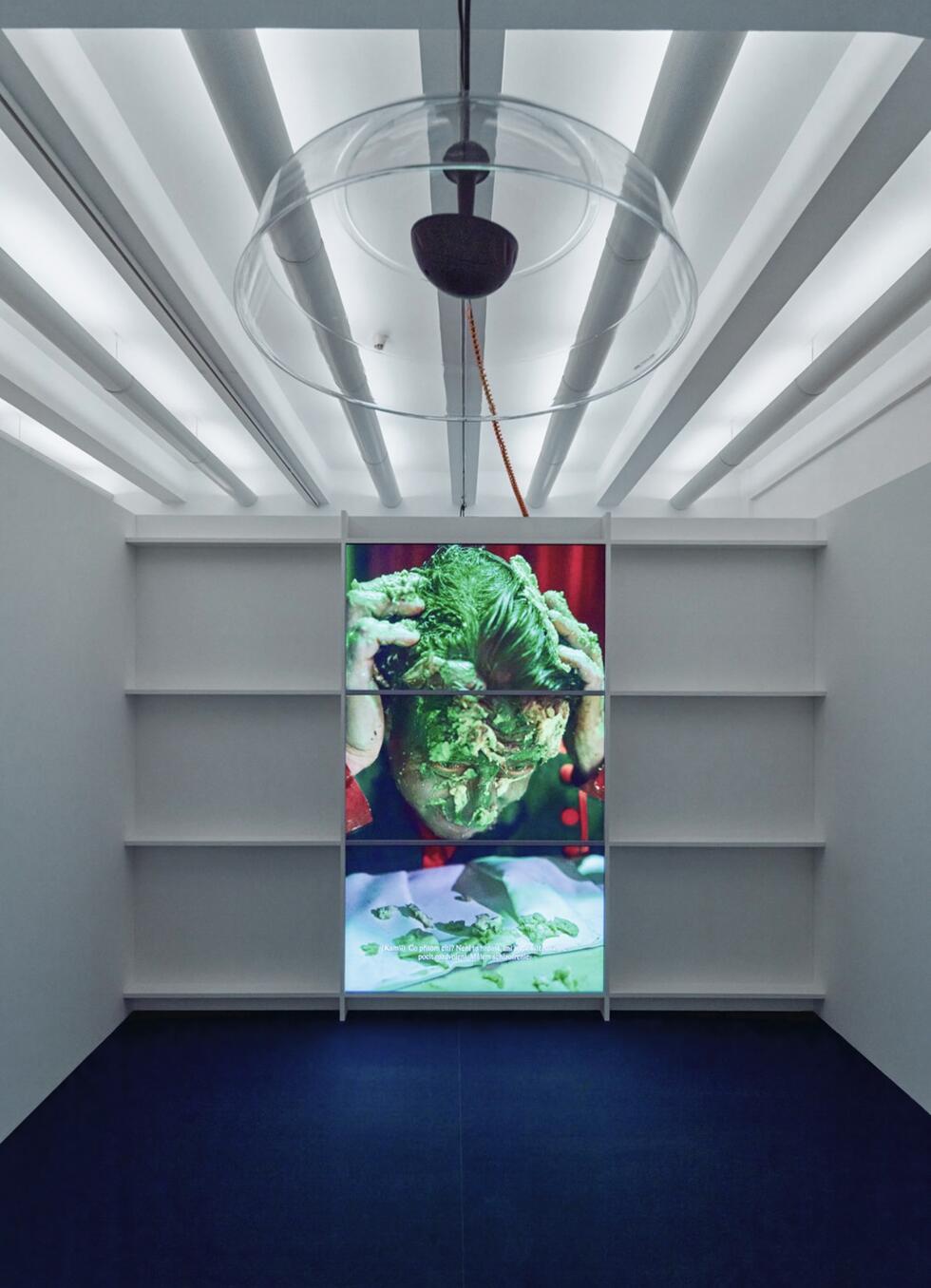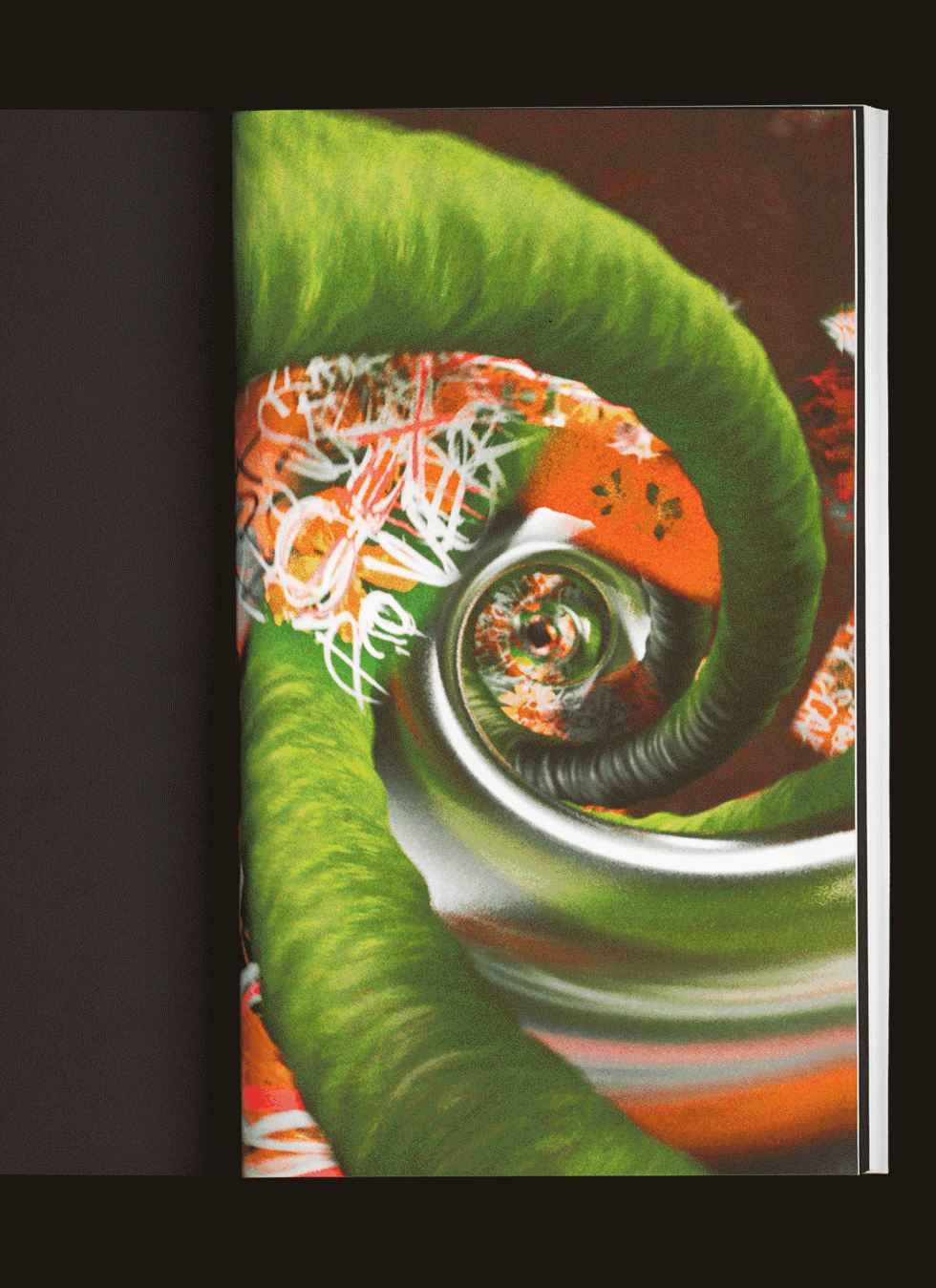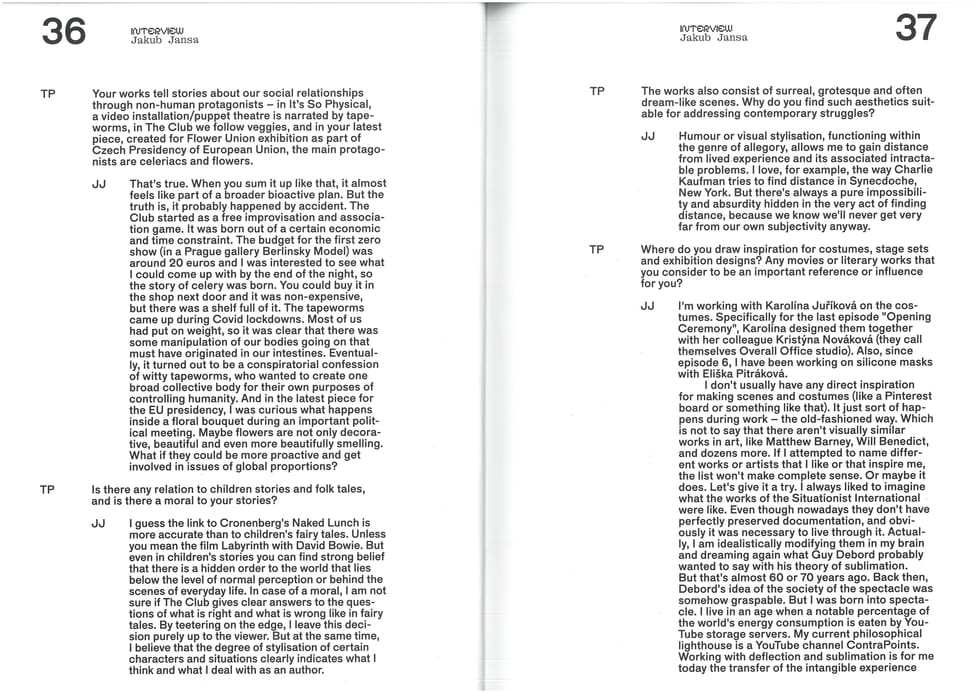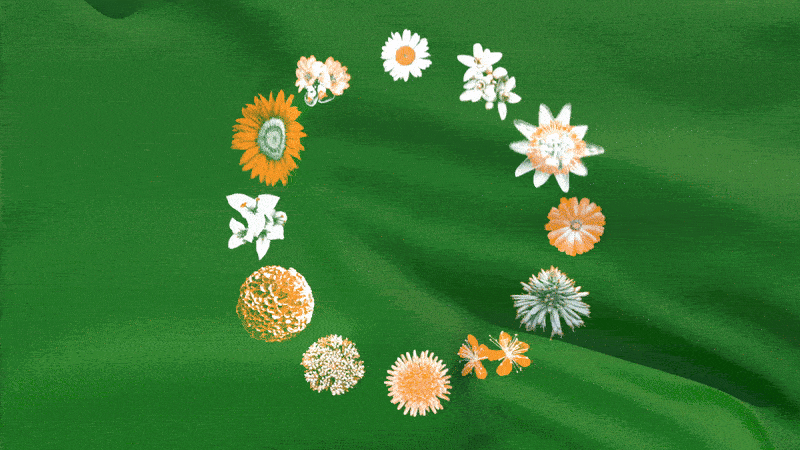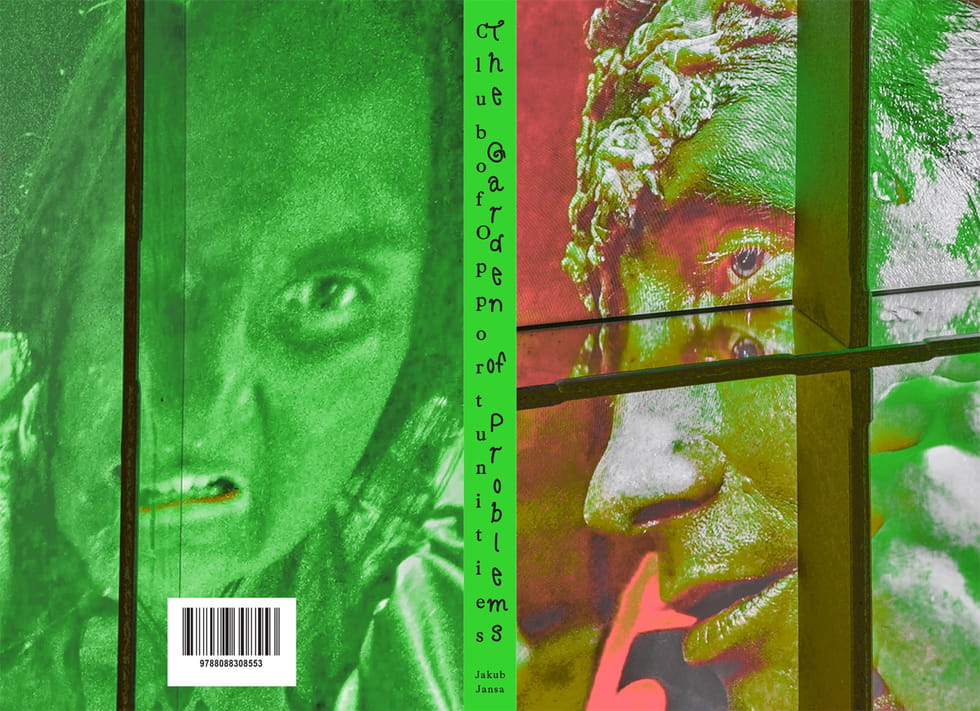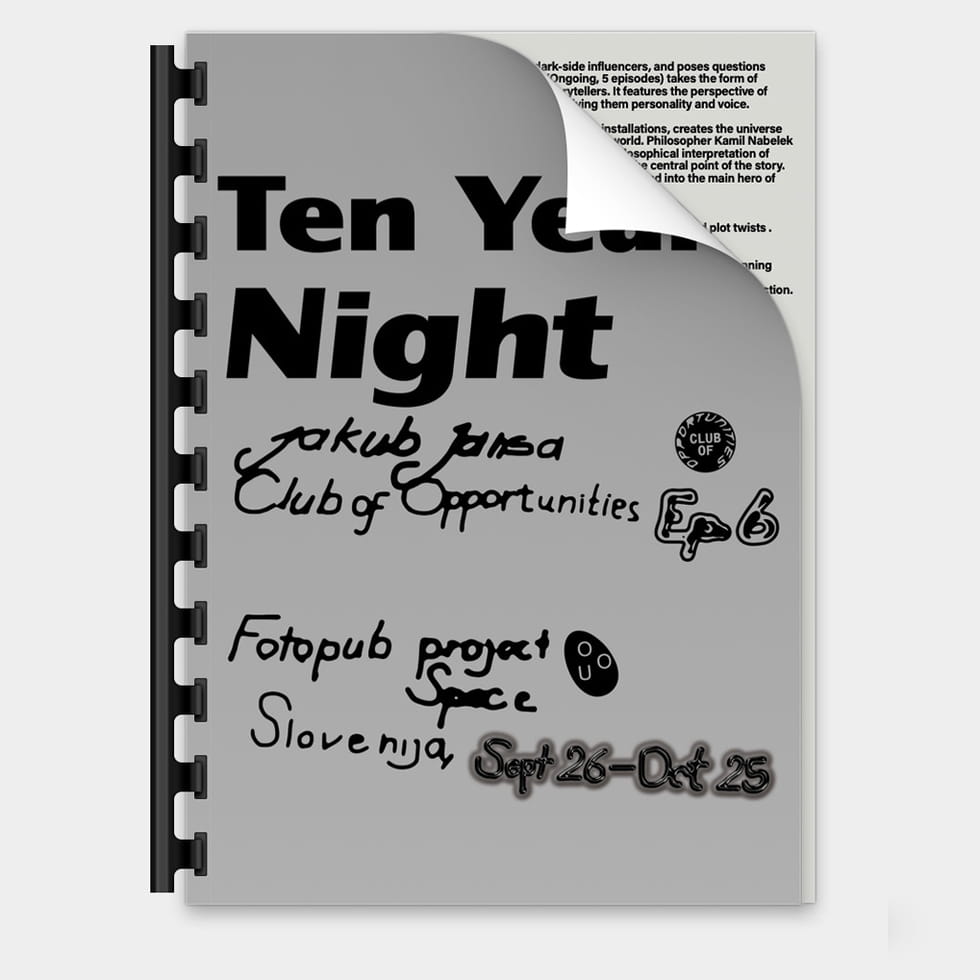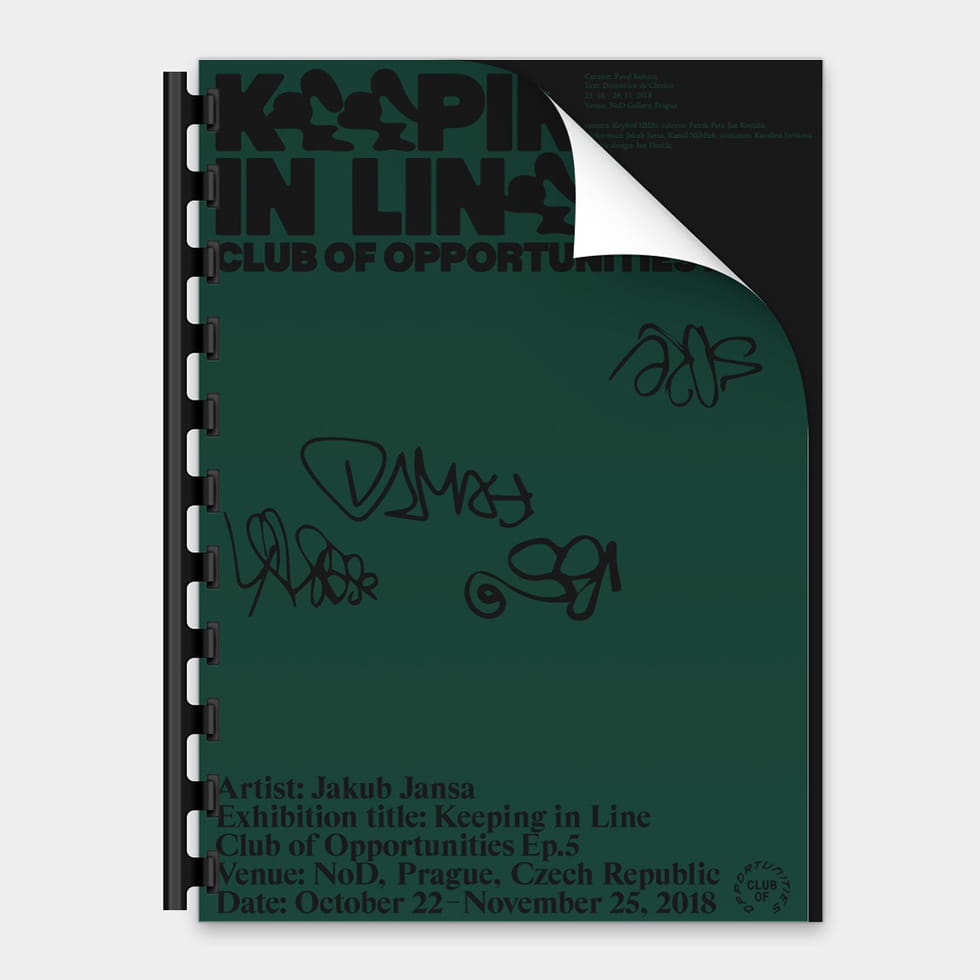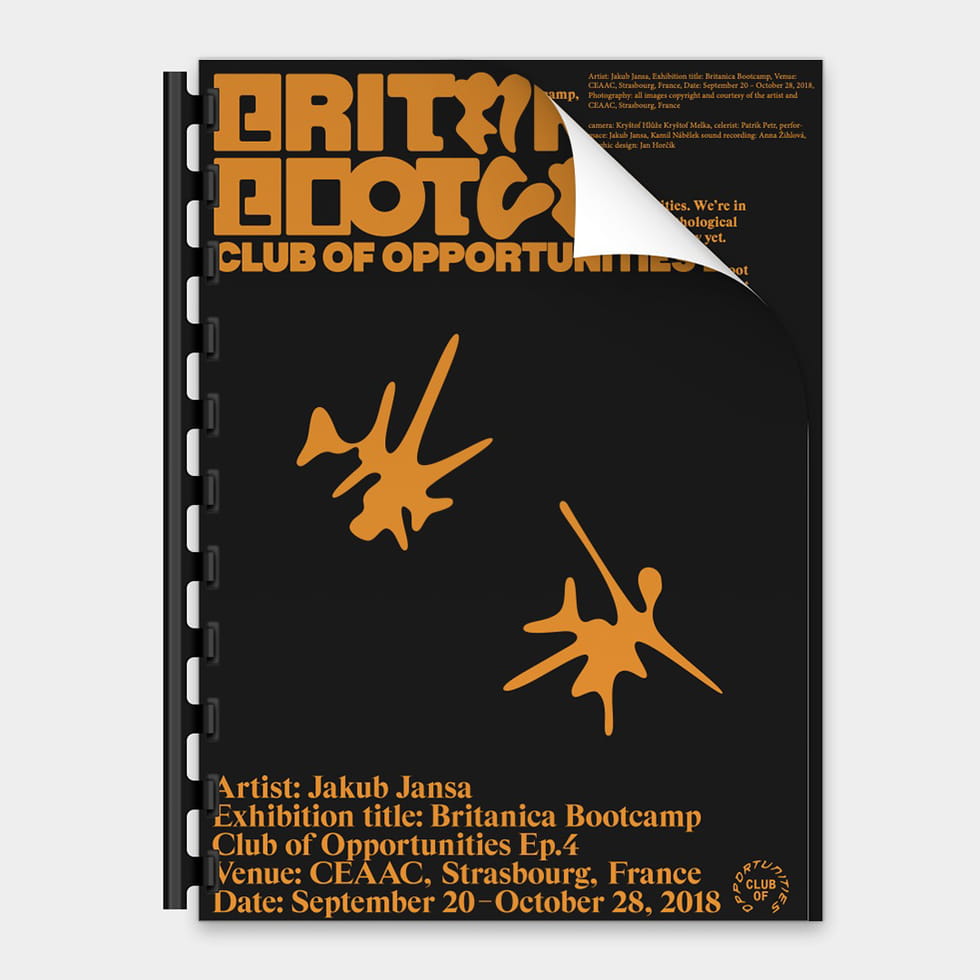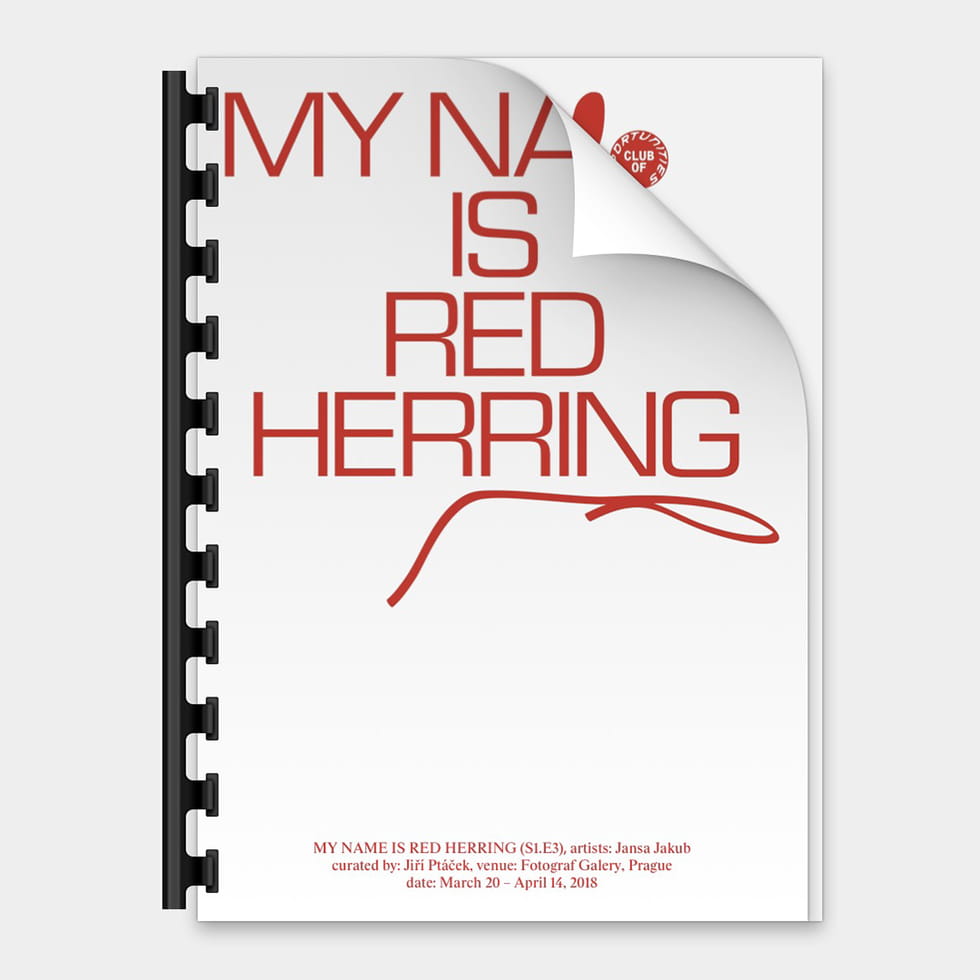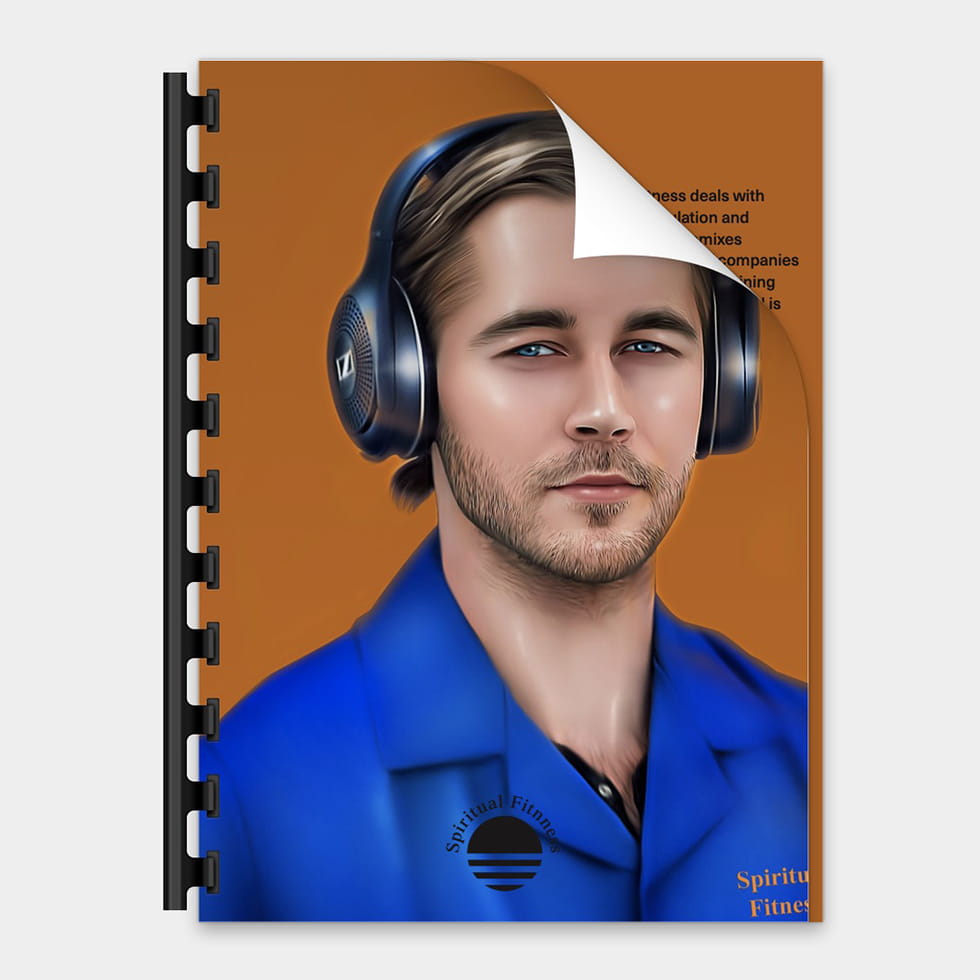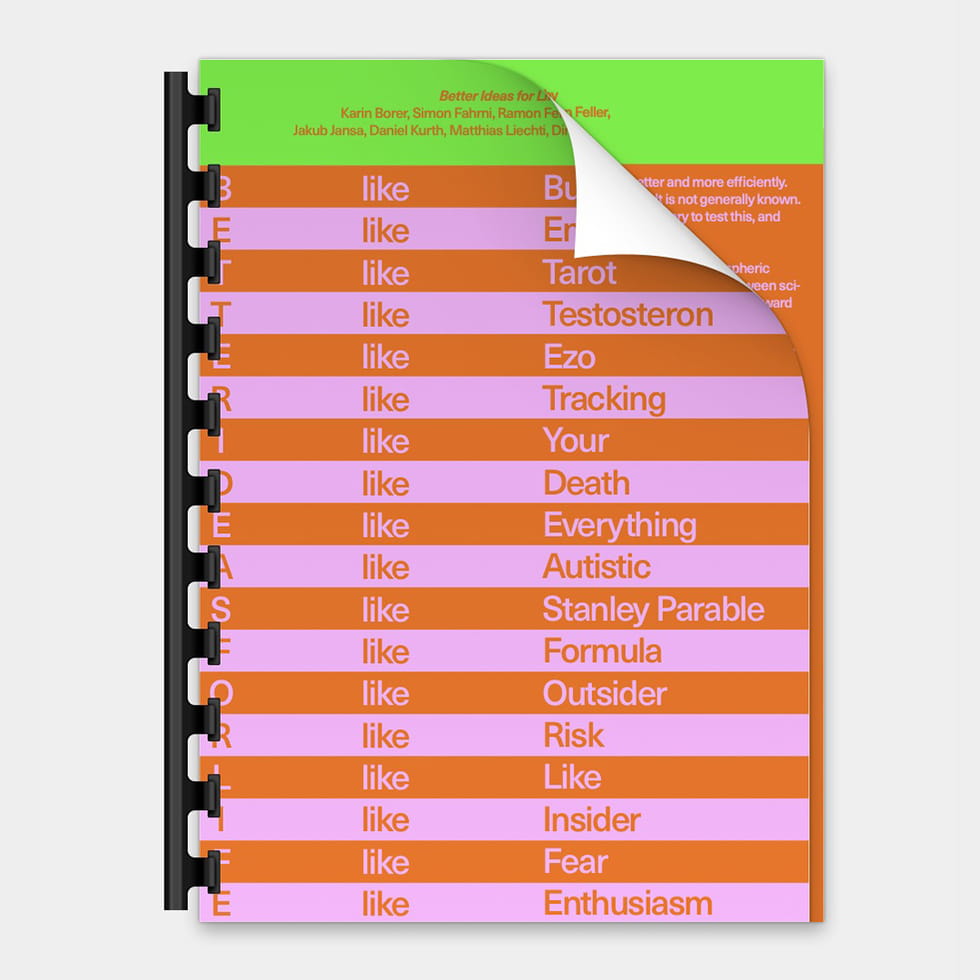61ST VENICE BIENNALE,
CZECHOSLOVAK PAVILION
Jakub Jansa and Selmeci Kocka Jusko with curator Peter Sit
- Sep 2025
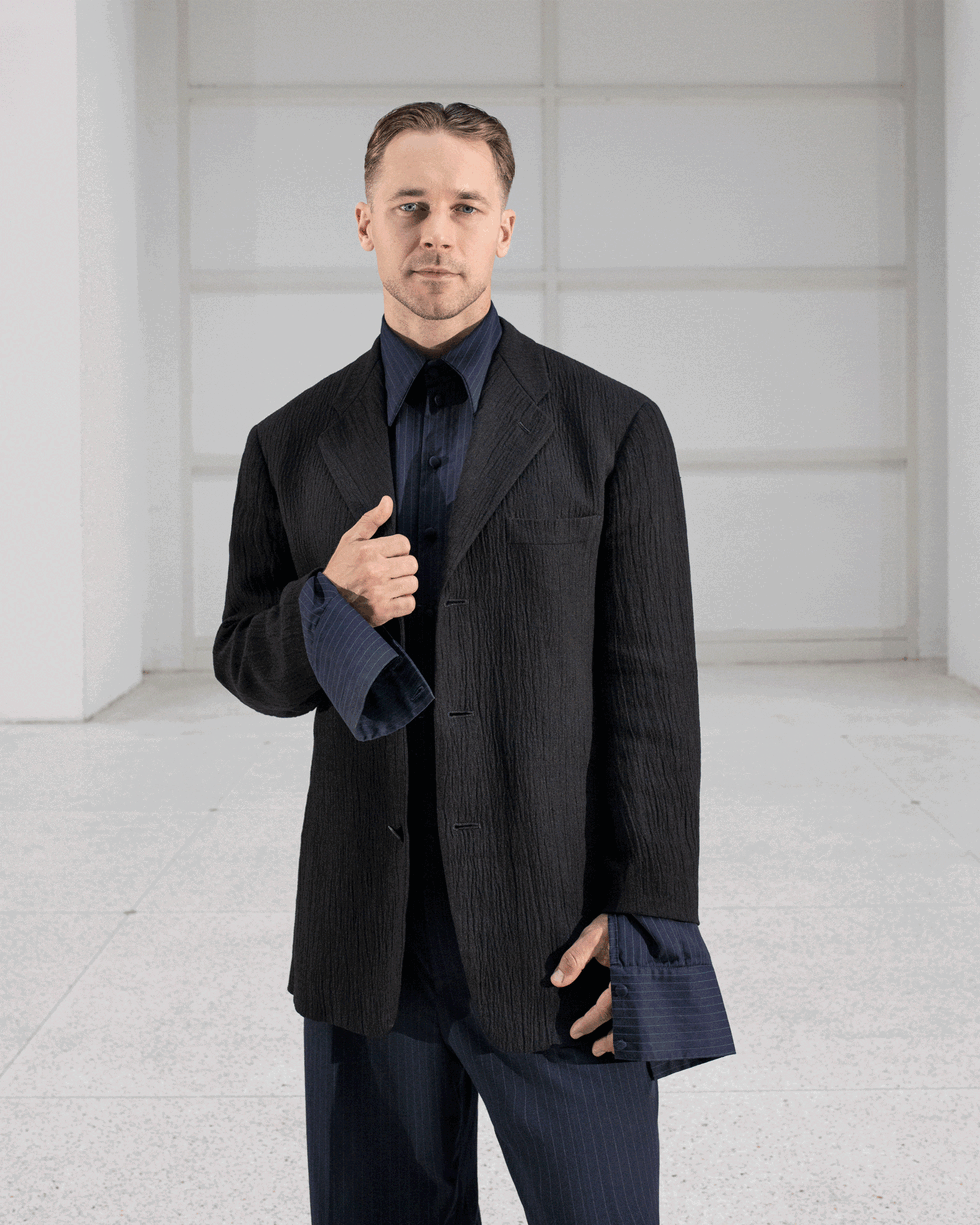
Full e-flux announcement Year 2026 will mark the 100th anniversary of the opening of the Czechoslovak Pavilion at the 61st Venice Biennale. To celebrate, the common Czech and Slovak presentation, will bring together artists Jakub Jansa, Selmeci Kocka Jusko working with curator Peter Sit and commissioner Michal Novotný to realise the project The Silence of the Mole.
At the center of The Silence of the Mole is Mr. M., an exhausted actor who has played the character of the mole for decades. Once an embodiment of childhood innocence and poetic silence, the Mole has turned into a mascot of cultural diplomacy, a licensed commodity, and a nostalgic myth, a symbol of stolen fantasy. Sent to represent the Czech Republic and Slovak Republic as a diplomatically acceptable, politically neutral figure, the mole also embodies reproach, silence, and a confused identity. In the burrow, the faint, unlocatable noise that destabilizes its refuge mirrors how our silenced instruments, once meant to resonate, become sites of anxiety, where the absence of sound carries a more oppressive weight than its presence.
The project explores Czech-Slovak coexistence, collective memory, and ecological fatigue, asking what happens to imagination when it becomes a public mask.The Silence of the Mole is engaging deeply with the pavilion’s architecture and the idea of a shared Czech and Slovak presentation. At once straightforward and multilayered, it draws on cultural references from both countries to explore the ways in which identity of the two nations has been staged over time. Its interdisciplinary format bringing together film, objects and architecture as a whole installation.

